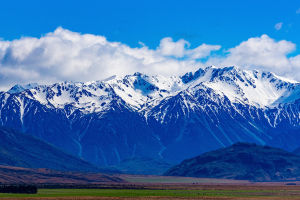When you take off your shoes and socks and stand barefoot on the ice, how long can you last?
We think 1 minute is too cold, this may still be in the warm indoors to get the results. But if you are a penguin from Antarctica, it is not a problem to stand on the ice at -59.4℃ for two months.
In fact, like humans, penguins are warm-blooded animals that also need to rely on their energy consumption to produce heat. The reason why they are not afraid of freezing is of course because they are wearing thick down jackets.
The penguin's warm equipment can be much better than the down jacket sold on the market to keep warm. Do not look at it seems to have only a thin layer of feathers it has four layers of warm material.
Let's introduce it in order from the outside to the inside. The outermost layer is a black and white patchwork feather jacket. The penguin's oily feathers are arranged in a very tight, overlapping, dense, scaly pattern. Approximately every square inch is covered with over 70 feathers.
Because the feathers are oily and naturally have excellent water resistance, it is difficult for seawater to penetrate the penguin when it swims in sub-zero icy water. Thus it will not breach its insulation defence.
The penguin's black-and-white colour scheme is also very elaborate. We know that when light shines on an object, part of it will be absorbed and part will be reflected. The darker the colour the more visible light will be absorbed. Therefore the black part helps to absorb light when the sun is out, thus converting the light into heat.
The second layer of warm material should be the vast majority of people can not think of, that is, air. Between the feathers and the skin, there is a layer of air coat. The air plays the role of insulation so that the heat generated in the body is not easy to dissipate.
The third layer is the skin. The last layer is the penguin's subcutaneous fat layer, 2-3 cm thick, which is their warmest cotton coat.
The penguins, as you know, are wearing thick down coats, but their feet are also the same as our humans, which are bare. So in fact their feet are also cold, but this temperature does not affect the penguins' actions.
The reason why people are not able to stand on the ice for a long time is related to the poor cold tolerance of our skin. When a person's feet are in a cold or wet environment for a long time, the blood vessels on the body's surface will spasm, making the blood flow decrease.
So even if you force yourself to stand on the ice for a few hours, your feet will be damaged due to tissue ischemia and hypoxia.
This is not the case with penguins. A penguin's foot consists mainly of tendons, toe bones, and a thick layer of skin. The muscles that control movement are located mainly in the legs, hidden in thick fat and feathers. A thick protective layer of fat also grows beneath the skin of the paws.
But these are not the real secrets of penguin feet against freezing. The real reason why penguins are not afraid to freeze their feet is that they have a special blood circulation system, which is a counter-flow heat exchange system.
So penguins are not afraid of cold or frozen feet.


